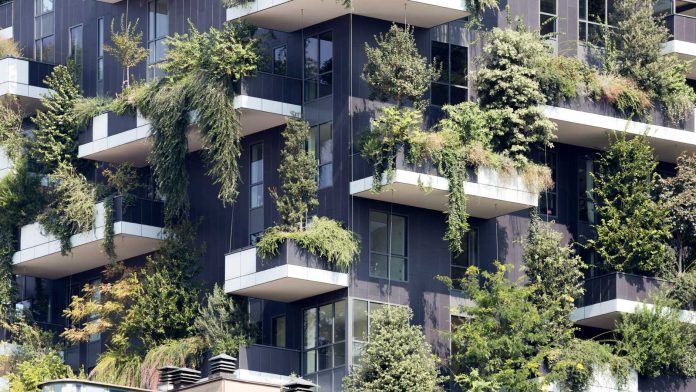From shiny metallic blue amphitheaters that serve as floodwater storage pools, basketball courts, and skateboarding rinks to double-decker road tunnels that can fill with stormwater and still remain usable for travel, cities around the world feature creatively designed multipurpose facilities that can both protect communities from weather disasters and bring people together in public spaces with nature.
As storms and floods become more frequent, intense, and expensive in terms of finances and lost lives, city life is becoming more precarious.
Amit Prothi, the director of the Coalition for Disaster Resilient Infrastructure, has spent decades working on making communities more resilient across more than 15 countries in North America, Asia, and Europe. He said that American infrastructure – like power lines, water drainage systems, and housing development – and building policies that govern such projects may not account for the changing risks brought about by climate change.
A 2021 report by First Street Foundation, a science and technology nonprofit, estimated that 25% of the critical infrastructure in the U.S., like airports, residential properties, streets, and emergency services like hospitals, police, and fire stations, are at risk of becoming inoperable in today’s climate in cases of flood emergencies alone.
But there are several strategies U.S. cities can put in place to become more resilient. As a bonus, implementing these strategies can also make cities more beautiful and community-oriented – and in most cases, are also financial no-brainers.
1. Invest in trees and green spaces

More frequent and devastating floods pose big risks to U.S. cities, with flood-prone areas expected to grow by nearly half in just this century. Some cities, like Philadelphia, have taken the lead in designing policies to ensure their infrastructure can withstand them.
In 2009, Philadelphia launched a GreenPlan, with goals to add green spaces like trees, open spaces, trails, and green schoolyards and streets that can soak up stormwater naturally. Green spaces “function as retention areas for water that don’t need a lot of hard drainage,” Prothi explained.
In 2023, city officials released a strategic plan for an urban forest, a road map of dozens of recommendations for tree planting with a goal to provide 30% of tree coverage to each neighborhood within 30 years. In addition to reducing floods, trees offer protection against rising temperatures, as areas under trees can be significantly cooler in hot weather. In many American cities, including Philadelphia, tree coverage is unequal and typically more sparse in neighborhoods with lower incomes and communities of color.
Another approach that could be more widely deployed includes regulations that govern the rate of runoff water in places newly converted from vegetated areas – which naturally absorb water – to hard surfaces like roads and concrete.
Prince George’s County in Maryland revised its building permits in 2007 to require new developments to maintain “as nearly as possible, the predevelopment runoff conditions” of water drainage, Prothi said.
2. Prevent new construction in risky places


When the goal is to reduce the risk of flooding, one of the “most effective things we can do is put something in a safer place rather than a less safe place,” said Jack Baker, a professor of civil and environmental engineering at the Stanford Doerr School of Sustainability.
Regulations on where and how to build development can reduce property risks and disruptions to entire communities. And they can prevent flooded-out buildings from becoming eyesores.
Adding protections – like raising or relocating structures – after the fact gets expensive, Baker explained: “Policies around where we put things are super important and have a lot to do with keeping people and keeping assets out of harm’s way.”






